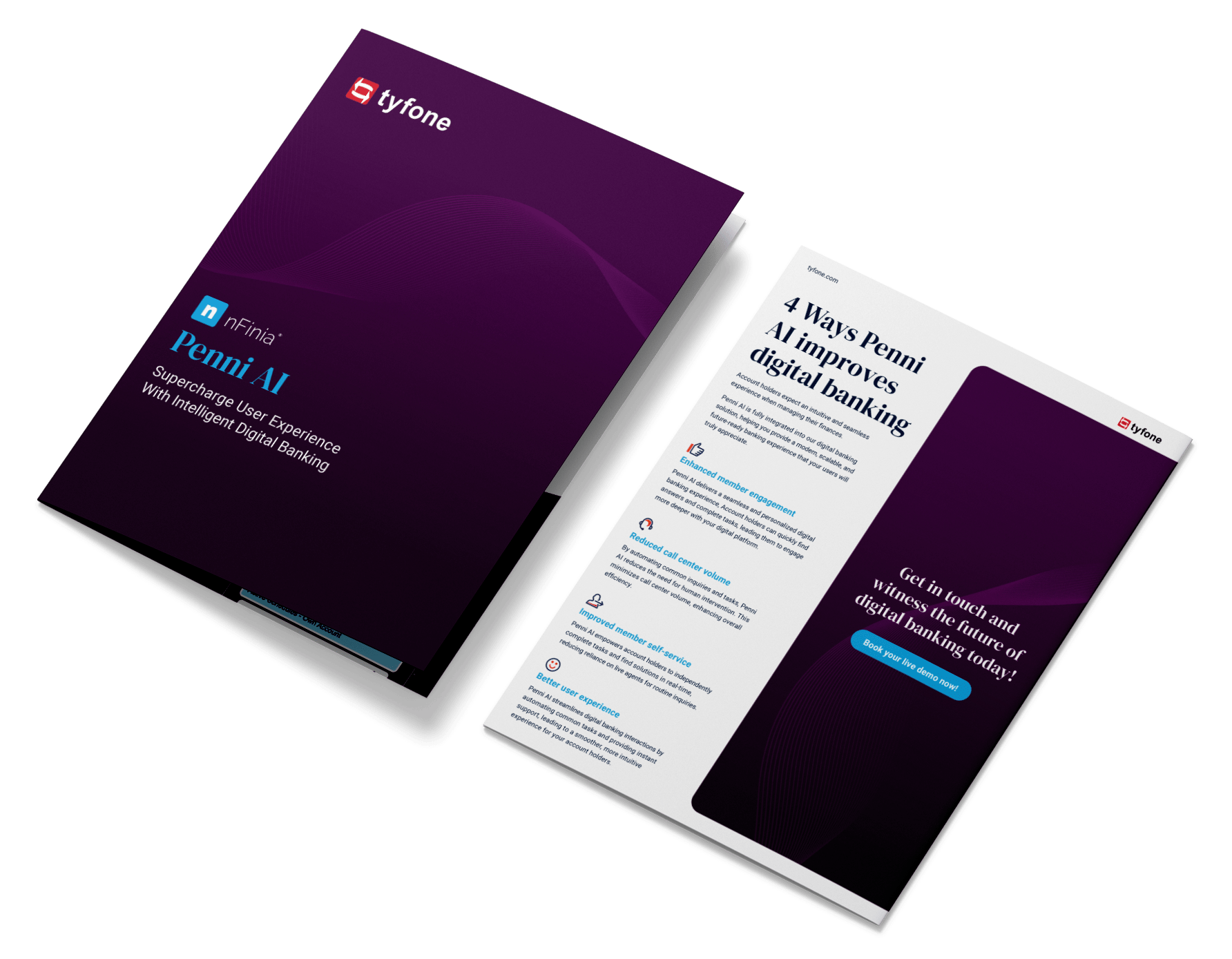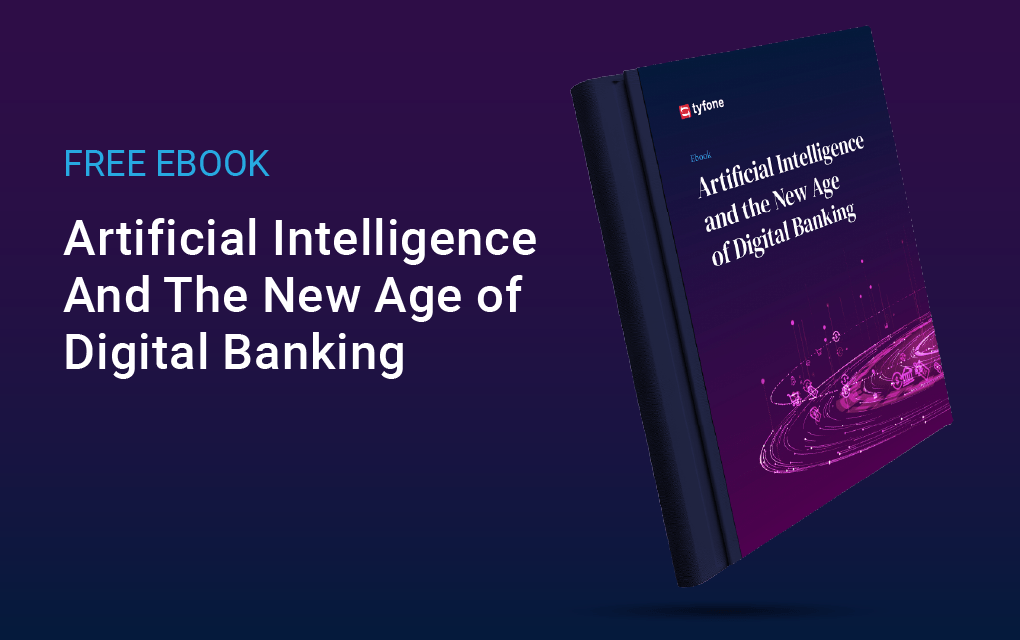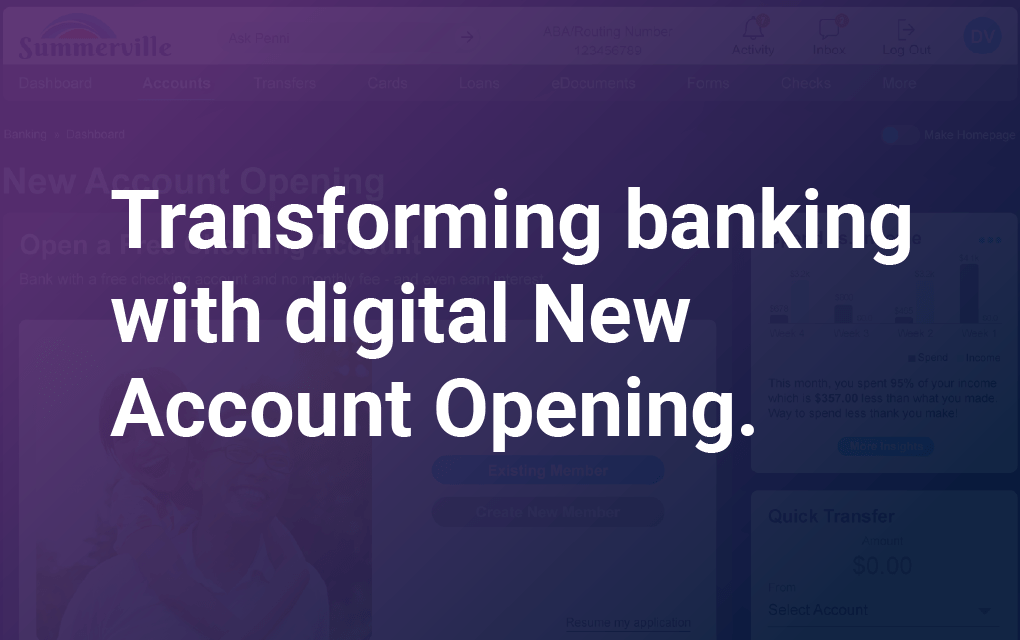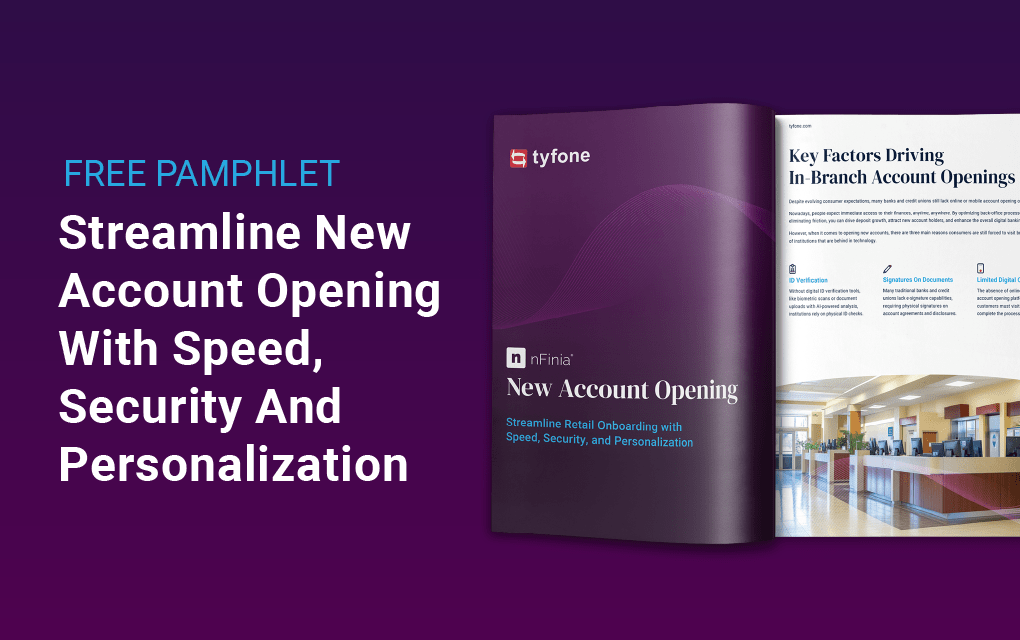4 Ways Generative AI Is Changing Modern Digital Banking
What is Generative AI?
Generative AI is a powerful form of artificial intelligence that goes beyond simply analyzing existing data and identifying patterns; It has the ability to generate entirely new content, such as text, code, and images.
By leveraging the information it has been trained on, generative AI can create original outputs, producing creative solutions and new content that extend far beyond the boundaries of traditional AI, which primarily focuses on data analysis and prediction.
This flexibility enables it to drive innovation across a wide range of industries, from automating content creation to enhancing software development and streamlining internal processes.
Generative AI is quickly transforming the banking world, becoming a key technology that’s reshaping how financial institutions operate. It’s allowing banks and credit unions to offer more personalized services, streamline internal operations, and drive innovation in ways we haven’t seen before.
In digital banking, this shift is leading to better consumer experiences, a reduction in internal costs and more advanced ways to prevent fraud. Let’s see four ways generative AI is revolutionizing the banking industry today.
1. Tailored Financial Services
Generative AI is reshaping how banks interact with their customers by enabling the creation of hyper-personalized financial products and services. Unlike traditional AI, which focuses more on analyzing data, Generative AI goes one step further and is able to create new experiences tailored to specific account holders.
Credit unions and banks collect a wide variety of consumer data, like transaction histories, spending patterns, savings behavior, social media interactions and more. Generative AI can process this huge amount of data to comprehend each consumer’s financial habits in a detailed way. For example, generative AI can see patterns such as when a consumer is more likely to buy something or make a transfer between accounts.
Generative AI serves as a powerful tool to support individual users by helping them focus on realistic, short-term goals. For instance, it can assist users in tracking their spending habits, like reducing restaurant expenses to save for a vacation, and guide them toward success by making their progress visible and motivating. This approach helps users feel empowered, making their financial goals seem both achievable and within reach.
By using generative AI, banks and credit unions can anticipate consumer needs and offer relevant, actionable solutions, leading to more loyalty toward their institution.
2. Content Creation and Communication
Generative AI is transforming the way financial institutions communicate with their customers, making interactions faster and far more personalized.
One specific area where generative AI shines is in personalized communication. AI tools can analyze consumer data to create highly customized emails, SMS alerts, and in-app messages. For example, if an individual frequently uses their credit card for travel expenses, AI can recommend tailored travel-related products, such as travel rewards credit cards that offer perks like earning extra airline miles, hotel points, or cash back on travel purchases.
This level of personalization helps banks build stronger connections with their end-users, as communication towards them is more timely and relevant.
One of our preferred partners, Prisma Campaigns, recently launched generative AI features. With these new tools, financial institutions can, for example, quickly generate customized visuals that perfectly align with their campaign themes. This capability enables the quick creation of striking images for email headers, social media ads, and website banners, ensuring campaigns are visually engaging and consistent across all platforms.
When moving our attention towards customer service, generative AI is elevating the capabilities of chatbots by eliminating the need for predefined scripts. AI-enhanced bots can engage with account holders in more natural and fluid conversations.
These tools can handle a wider range of queries, from basic account information to directing consumers towards a specific offering provided by the bank or credit union, all in real-time. By improving the quality of interactions, generative AI not only boosts end-user satisfaction but also reduces the need for human intervention.
3. Advanced Fraud Detection and Risk Management
On the security and risk management side, generative AI is addressing some of the limitations of traditional digital banking solutions. Legacy fraud detection systems typically rely on predefined rules and historical data to identify suspicious transactions. These systems are effective to a degree, but they struggle to keep pace with evolving fraud tactics and technologies, which can lead to gaps in security.
Generative AI models offer a more proactive approach. These models don’t just react to fraud patterns but they are able to use past incidents to their advantage and generate new scenarios to predict potential fraudulent activities.
PayPal is a great example of a company that has effectively leveraged generative AI to boost its fraud detection and prevention capabilities. Through its approach, PayPal has achieved remarkable results, including a significant reduction in fraud-related losses.
Between 2019 and 2022, the company nearly halved its loss rate while experiencing a substantial increase in annual payment volumes, which soared from $712 billion to $1.36 trillion. This impressive performance underscores the transformative impact of generative AI in safeguarding financial transactions and scaling operations efficiently.
4. Loans And Credit Analysis
Generative AI is transforming the lending process and credit analysis by addressing the limitations of traditional methods, which often rely on narrow data points like credit scores and income verification.
This technology streamlines the entire loan lifecycle, starting with the loan application process. Through conversational interfaces, it can guide applicants step-by-step, from completing forms to verifying personal information, making the experience more intuitive and user-friendly.
When it comes to credit analysis, generative AI evaluates a wider range of data, including payment history, employment background, and behavioral patterns. This provides a more comprehensive assessment of an applicant’s creditworthiness, offering a view that goes beyond traditional income-based evaluations.
During loan underwriting, generative AI assists by generating recommendations based on risk assessments derived from its analysis, helping financial institutions make more informed decisions.
By accelerating loan processing, generative AI not only reduces approval times but also enhances operational efficiency for lenders and improves the overall consumer experience.
Generative AI as a Game-Changer in Digital Banking
As generative AI continues to evolve, its influence on digital banking will only grow stronger. From providing hyper-personalized services to automating communication and improving security, this cutting-edge technology is setting new standards for what customers can expect from their financial institutions.
Credit unions and banks that adopt generative AI will be better positioned to meet the growing demand for personalized, efficient, and secure digital services. In the years to come, generative AI will likely become a central pillar of innovation in the financial industry, transforming how banks and credit unions interact with their consumers and manage their operations





